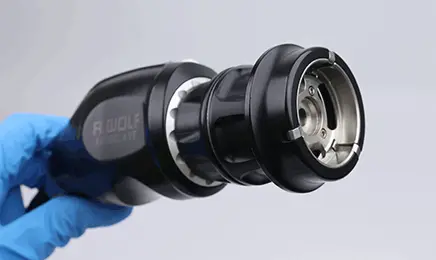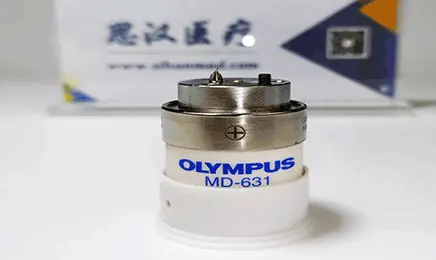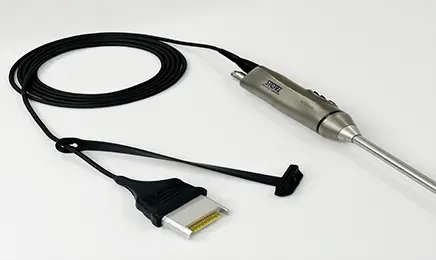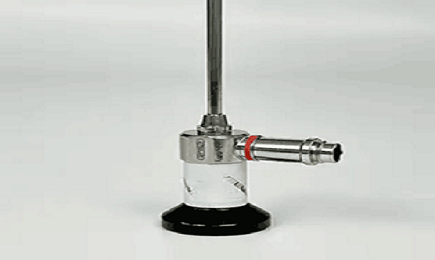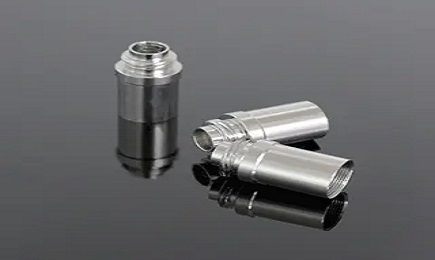Tel: +86-19906868508
E-mail: info@sihanmed.com
Tel: +86-19906868508
E-mail: info@sihanmed.com
Understanding the top preventable causes of endoscope damage is crucial for extending the lifespan of these valuable medical devices; improper handling, inadequate cleaning, and insufficient storage are the primary culprits. Improper handling, such as dropping or bending the endoscope, can lead to significant mechanical damage, often requiring costly repairs or replacements. Inadequate cleaning, which can result in the buildup of biofilm and other contaminants, not only compromises the device’s functionality but also poses serious health risks to patients. Insufficient storage, such as leaving endoscopes in unprotected environments, can expose them to physical damage and environmental factors that degrade their performance. By addressing these preventable causes, healthcare facilities can significantly reduce repair costs and extend the operational life of their endoscopes.
Investing in genuine accessories for endoscopes offers a higher return on investment (ROI) compared to generic alternatives; genuine accessories are specifically designed and tested to meet the stringent standards of the original equipment manufacturer (OEM). These accessories ensure optimal compatibility and performance, reducing the likelihood of malfunctions and extending the lifespan of the endoscope. In contrast, generic alternatives may not meet the same quality standards, leading to increased wear and tear, frequent breakdowns, and higher long-term costs. Additionally, using genuine accessories helps maintain the warranty and resale value of the endoscope, further enhancing the ROI. By choosing genuine accessories, healthcare facilities can achieve better performance, lower maintenance costs, and greater overall value.
Implementing hospital-proven daily maintenance protocols is essential for ensuring the longevity and reliability of endoscopes; these protocols involve a series of systematic steps designed to keep the devices in optimal condition. The first step is to perform a thorough visual inspection of the endoscope before and after each use, checking for any signs of damage or wear. Next, the endoscope should be meticulously cleaned and disinfected according to manufacturer guidelines, using approved cleaning agents and techniques. Proper drying and storage are also critical, as moisture and improper storage conditions can lead to corrosion and other damage. Regular calibration and performance testing should be conducted to ensure the endoscope functions correctly. By following these daily maintenance protocols, healthcare facilities can minimize the risk of equipment failure and extend the lifespan of their endoscopes.
Upgrade kit solutions offer a cost-effective way to prolong the lifespan of endoscopes without the need for full replacement; these kits typically include essential components and accessories designed to enhance the performance and durability of existing devices. By upgrading specific parts, such as imaging sensors, light sources, or insertion tubes, healthcare facilities can significantly improve the functionality and reliability of their endoscopes. Upgrade kits are often tailored to the specific model and make of the endoscope, ensuring seamless integration and optimal performance. Additionally, these kits can be installed with minimal downtime, allowing healthcare providers to continue delivering high-quality care without significant interruptions. By investing in upgrade kit solutions, healthcare facilities can extend the operational life of their endoscopes, reduce capital expenditures, and achieve better overall value.
Extending the life of endoscopes requires a comprehensive approach that includes understanding common causes of damage, investing in genuine accessories, implementing daily maintenance protocols, and considering upgrade kit solutions. By adopting these strategies, healthcare facilities can ensure the longevity and reliability of their endoscopic equipment, ultimately providing better patient care and achieving cost savings.
